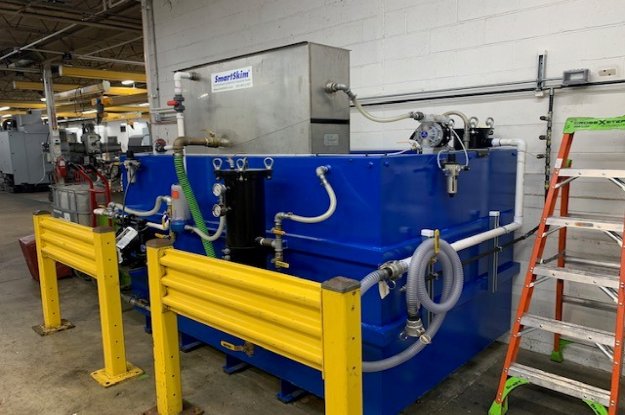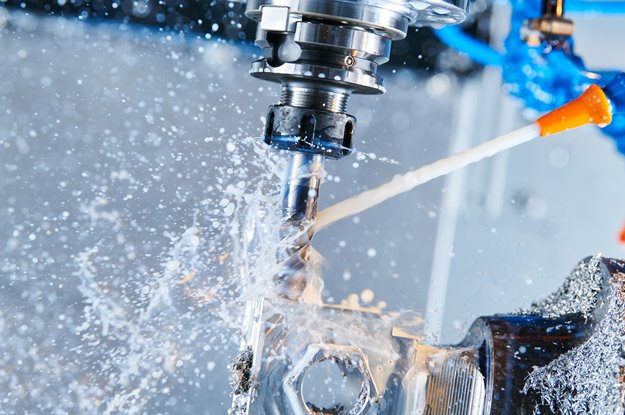5 Ways to Successfully Validate Samples

A representative composite sample of oil for analysis is crucial to meeting your product goals and maintaining a profitable bottom line.
This will only become more important as the oil and gas market is expected to grow from $46.60 billion in 2021 to $49.58 billion in 2022. The market is anticipated to reach up to $80.77 billion by 2029.
Online analyzers assist plants in maintaining their bottom line by ensuring accuracy. These analyzers identify any impurities, product accuracy, and process inconsistencies before they become an issue at a part per million level. However, this sensitive equipment requires regular calibration and monitoring, or operators can experience inaccurate results, false readings, and/or complete failures in the presence of contaminants.
That’s why it’s essential to validate your refineries’ oil and gas samples analytically.
Proper sample validation ensures your refinery’s system can manage the consistency and safety of your product, which can help ensure product quality, maximize environment and employee safety, and maximize their bottom line.
THE IMPACT OF REPRESENTATIVE SAMPLING
A sampling system accesses the process at the point of measurement interest, then transports a representative amount of the process stream to the measurement tools, such as online analyzers, safely and without changing the parameters of interest.
Working with analyzers can be challenging due to:
- Sample temperature and flow issues
- Inaccurate analyzer readings
- Incorrect startup calibration
BENEFITS OF SAMPLING VALIDATION
Sample validation is the collection of a representative sample of the field analyzer’s target process to provide controlled lab analysis to confirm or deny the readings of field equipment.
A well-managed representative sampling system with the proper validation ensures process samples are repeatable and reliable every time to help refineries:
- Ensure equipment is working properly
- Maximize return on investment
- Meet the quality and environmental standards
- Ensure samples are representative of the process
- Better manage loss control
- Reduce operating costs
There are several methods to ensure your refineries’ samples are successfully validated.
Process Conditioning – Process conditioning of stream to the analyzer must be considered when comparing values, as changes in temperature and pressure can impact the analyzer reading. This can alter how the process reacts to the measurement method.
Flow Loop Details Supporting Analyzer – Flow loop details should be as similar as possible between the analytical equipment and the grab sampling system. The best practice is to install the grab sample system in the same loop as the analyzer to ensure samples are identical.
Target Species Characteristics – Target species characteristics must also be considered, as changes in temperature, pressure, relative humidity and more can impact online analytical readings and lab equipment. This also includes exposure to surfaces in the sampling equipment and container.
Ambient Conditions – Ambient conditions should be noted at the time of sample, as these conditions can impact field analytical equipment and the process sample itself.
Timestamp – An accurate time stamp must follow the grab sample to accurately compare field and lab equipment. This is especially critical in processes that experience swings in component characteristics.

Written by Randy Cruse
As Senior Service Manager, Randy dedicates his lengthy career to developing and delivering service programs designed specifically for refineries and their sampling programs. He understands the risk and safety requirements that come along with being a service provider in the Oil & Gas industry and brings that expertise to each and every call.
Related Posts

Oil Separation/Coolant Recycling
CASE STUDY: How to Increase the Efficiency of your Facility with Used Equipment
Read More
Oil Separation/Coolant Recycling
How to Increase the Efficiency and Output of Your Evaporator
As EPA (Environmental Protection Agency) expands regulations and enforcement on the discharge and disposal of industrial fluids from metalworking and metal-finished plants, we can see more equipment being purchased to treat and or solve the problem of waste.
Read More
Oil Separation/Coolant Recycling
Protect Your Equipment with a Coolant Recycling Program
Manufacturing processes are inundated with lubricants and other industrial fluids. Managing these fluids is critical to protecting equipment and ensuring worker safety.
Read More